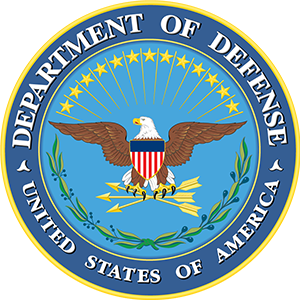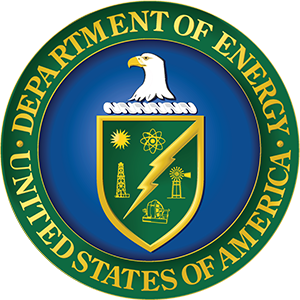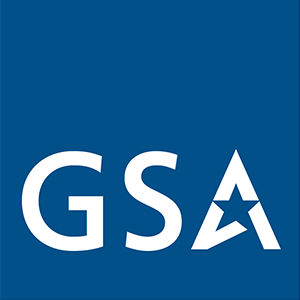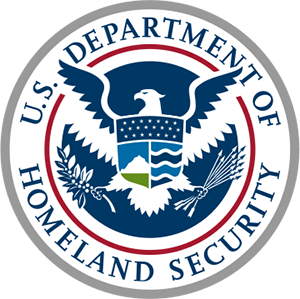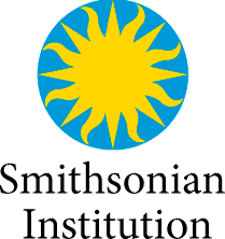This is Part 2 of a two-part series on emergency lighting. Picking up where Part 1 left off, we’ll start by exploring how you can provide emergency lighting using distributed sources of emergency power (e.g., integral batteries). Next, we’ll present a review of new methodologies that various Networked Lighting Control systems use to provide emergency lighting, while complying with current code requirements (such as NFPA 101). We’ll then provide a detailed review of the process of using computer software to perform calculations verifying normal and emergency egress lighting requirements, as well as touch on a few other emergency lighting-related issues.
Instructors
Steven Mesh, LC, IESNA, Principal, Lighting Education & Design Read Bio
Steven Mesh, LC, IESNA, is the principal of Lighting Education & Design based in Honolulu. Steve has been a lighting designer and educator for 44 years. A member of the Illuminating Engineering Society, Steve was the IES/Northeast Regional Vice President. He was also part of the development team for the California Advanced Lighting Controls Training Program. Steve has taught lighting and controls for 40 years. He won an IALD award for the Palm House at Dowling College and an EPRI award for Brower Commons at Rutgers University. Since 1992, he has taught many workshops at LightFair and has spoken at Lux Pacifica in New Delhi, India.
Learning Objectives
Upon completion of this course, attendees will be able to:
- Examine lighting and control equipment designed to provide emergency lighting when you have distributed sources of emergency power;
- Explore different methods used by Networked Lighting Control systems to meet current code requirements for providing emergency lighting;
- Review the process of using computerized calculation software to verify compliance with required normal and emergency egress light levels;
- Review various topics related to emergency lighting.

